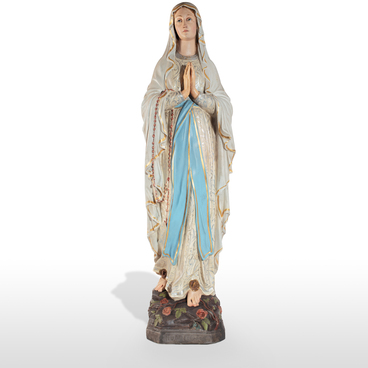In the late 19th and the early 20th century, most noble and merchant houses had a special room, from where meals were carried into the dining room. The centerpiece of this room was a china cabinet. It was mainly designed to store expensive tableware made of crystal, porcelain, and precious metals.
Apart from tableware, a china cabinet could be used to keep tea, jam, honey, and pastry. Most antique china cabinets had a design that consisted of three sections, with each section having a variety of compartments for specific types of tableware.
The shelves in the upper section were designed to store fragile objects, such as wine bottles and fruit vases. They were usually equipped with doors. The cupboards in the lower section had more of a practical function. They were used to store larger tableware and other utensils. The china cabinet also had cutlery trays. Each cupboard door was usually equipped with a metal loop-shaped handle with a lock to ensure the safety of its contents.
The china cabinet often served as a piece of interior décor. Each cabinetmaker decorated the furniture differently. Although all china cabinets followed the same principles of design, they varied in proportions and décor. This particular cabinet was manufactured in an eclectic style, which was created by mixing decorative elements from various architectural styles. An eclectic product of a skilled craftsperson combined all these diverse details into a harmonious artwork.
This china cabinet resembles an architectural structure. There is a special charm in its decorative elements shaped like balconies, columns, and half-columns that support the triangular gable with a ridge at the top.
In cities, a luxurious china cabinet was highly valued and often passed down in a family through generations. Although the style, décor, materials, colors, and number of shelves have changed over time, the basic practical design of the china cabinet has remained the same.



